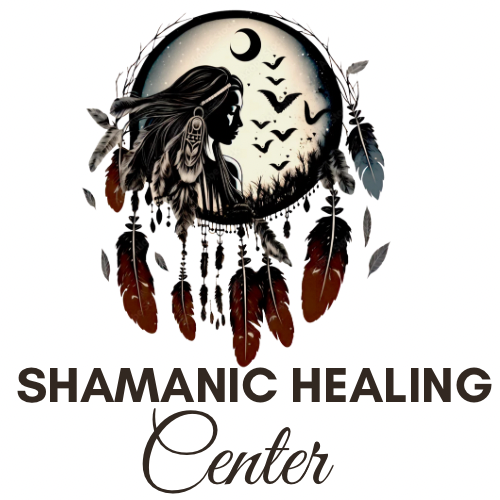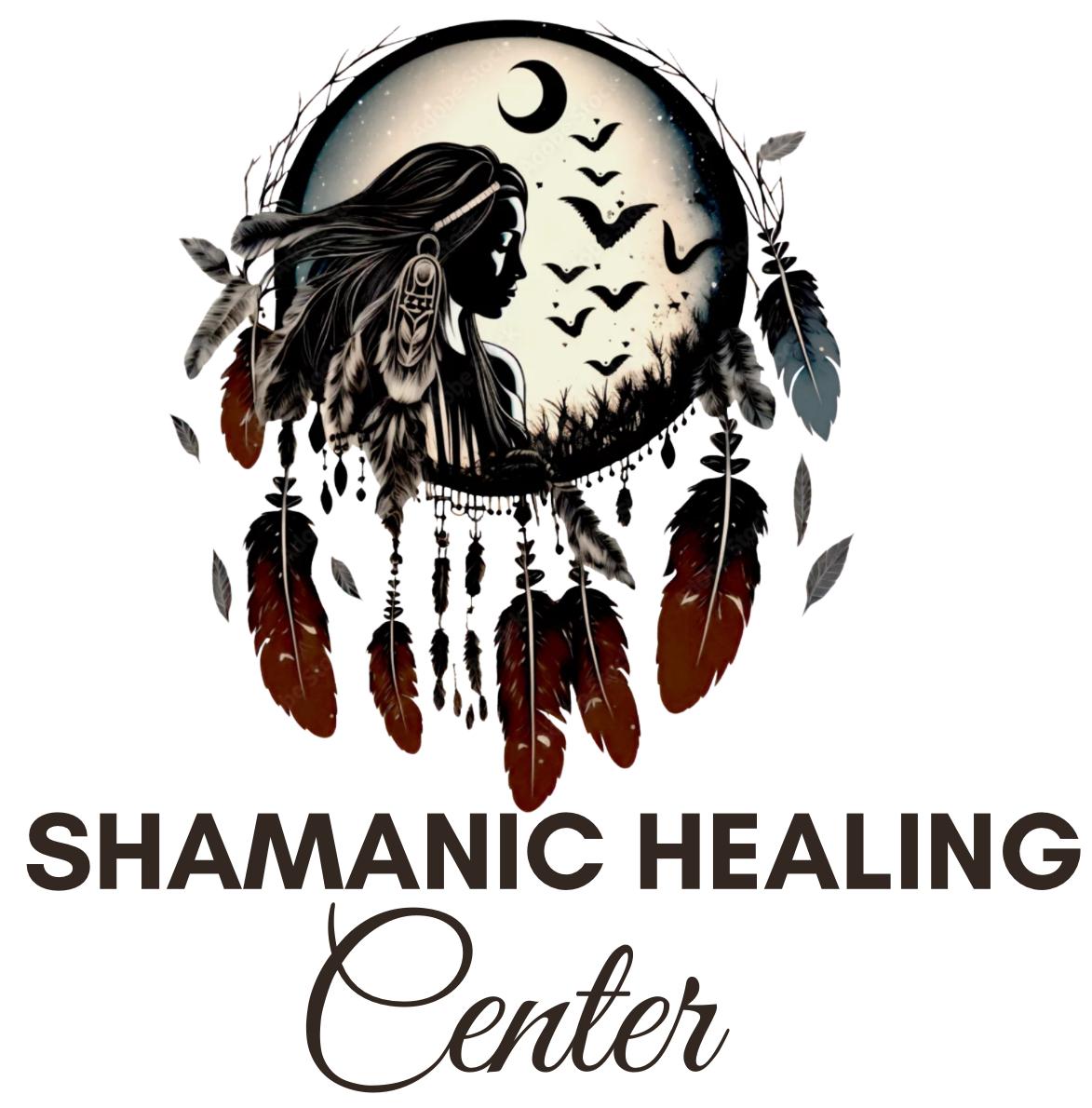Psychic Lincoln Park
Shamanism: Shamanism is an ancient spiritual and healing practice found in various cultures worldwide. Shamans are believed to have the ability to enter altered states of consciousness to communicate with the spirit world. They often act as intermediaries between the physical and spiritual realms, using their abilities for healing, divination, and guidance.
Psychic: A psychic is someone who claims to have extrasensory abilities, such as telepathy, clairvoyance, precognition, or other forms of intuitive insight. Psychics may use their abilities to gain information beyond the ordinary human senses.
A "shamanic psychic" would, therefore, be someone who incorporates shamanic techniques into their psychic practice. This could involve using shamanic rituals, journeying, or other methods to access spiritual realms and gain insights. It's important to note that beliefs and practices can vary widely among individuals who identify as shamanic psychics, and the term itself may not have a standardized definition.
Journeying: Shamans often enter altered states of consciousness, known as shamanic journeys, to connect with the spirit world. This may involve the use of drumming, chanting, or other rhythmic techniques. During these journeys, shamans seek guidance from spirit guides, power animals, or other entities to gain insights into the causes of illness and receive instructions for healing.
Energy Work: Shamanic practitioners work with energy, often referred to as life force or spiritual energy. They may use various techniques to cleanse and balance a person's energy field, removing blockages and restoring vitality.
Rituals and Ceremonies: Shamanic healing often involves rituals and ceremonies that are designed to invoke the assistance of spiritual forces. These ceremonies may include the use of sacred plants, herbs, or symbolic objects to create a sacred space and facilitate healing.
Soul Retrieval: In shamanic belief, traumatic experiences can cause a person to lose parts of their soul, leading to emotional and spiritual imbalance. Shamans may perform soul retrieval ceremonies to bring back lost soul parts and reintegrate them into the individual's being.
Connection with Nature: Shamans emphasize a deep connection with nature, viewing it as a source of wisdom, healing, and spiritual guidance. Nature is often incorporated into shamanic rituals and practices.
It's essential to note that shamanic healing practices can vary widely across different cultures and individual practitioners. While some people find benefit and meaning in shamanic healing, it's crucial to approach it with an open mind and respect for cultural diversity. Additionally, individuals seeking healing should consult with trained and reputable practitioners and, if necessary, combine shamanic practices with conventional medical care.
The root chakra, also known as Muladhara in Sanskrit, is the first of the seven main energy centers, or chakras, in the human body, according to various spiritual traditions, particularly within Hinduism and the system of yoga. These energy centers are believed to correspond to different aspects of consciousness, emotions, and physical well-being.
Here are key aspects of the root chakra:
-
Location: The root chakra is located at the base of the spine, at the perineum, and is associated with the pelvic floor region.
-
Color: The root chakra is often associated with the color red. Red symbolizes grounding, stability, and a connection to the Earth.
-
Element: In some systems, the root chakra is associated with the element of Earth, representing solidity, foundation, and a sense of being grounded.
-
Symbol: The symbol of the root chakra is often depicted as a four-petaled lotus flower. The number four is associated with the physical world and the material aspects of life.
-
Attributes and Qualities:
- Grounding and Stability: The root chakra is associated with the sense of grounding, stability, and the feeling of being rooted in the present moment.
- Survival Instincts: It is linked to basic survival instincts, including the fight-or-flight response and the ability to meet basic needs for food, shelter, and safety.
- Physical Health: The root chakra is believed to influence the health of the legs, feet, bones, and the adrenal glands.
-
Emotional Associations:
- Imbalances in the root chakra might manifest as feelings of insecurity, fear, or a lack of trust in the world. On the other hand, a balanced root chakra is associated with feelings of security, stability, and a sense of belonging.
-
Balancing and Opening:
- Practices such as grounding exercises, meditation, yoga, and connecting with nature are often used to balance and open the root chakra.
- Focusing on feelings of safety, cultivating a sense of stability, and addressing any issues related to survival instincts can contribute to balancing the root chakra.
It's important to note that the concept of chakras and their attributes is rooted in various spiritual and esoteric traditions. While some individuals find meaning and value in working with the chakra system for personal and spiritual growth, these concepts are not universally accepted or validated by scientific evidence. People interested in exploring practices related to chakras often do so within the context of spiritual or holistic approaches to well-being.



